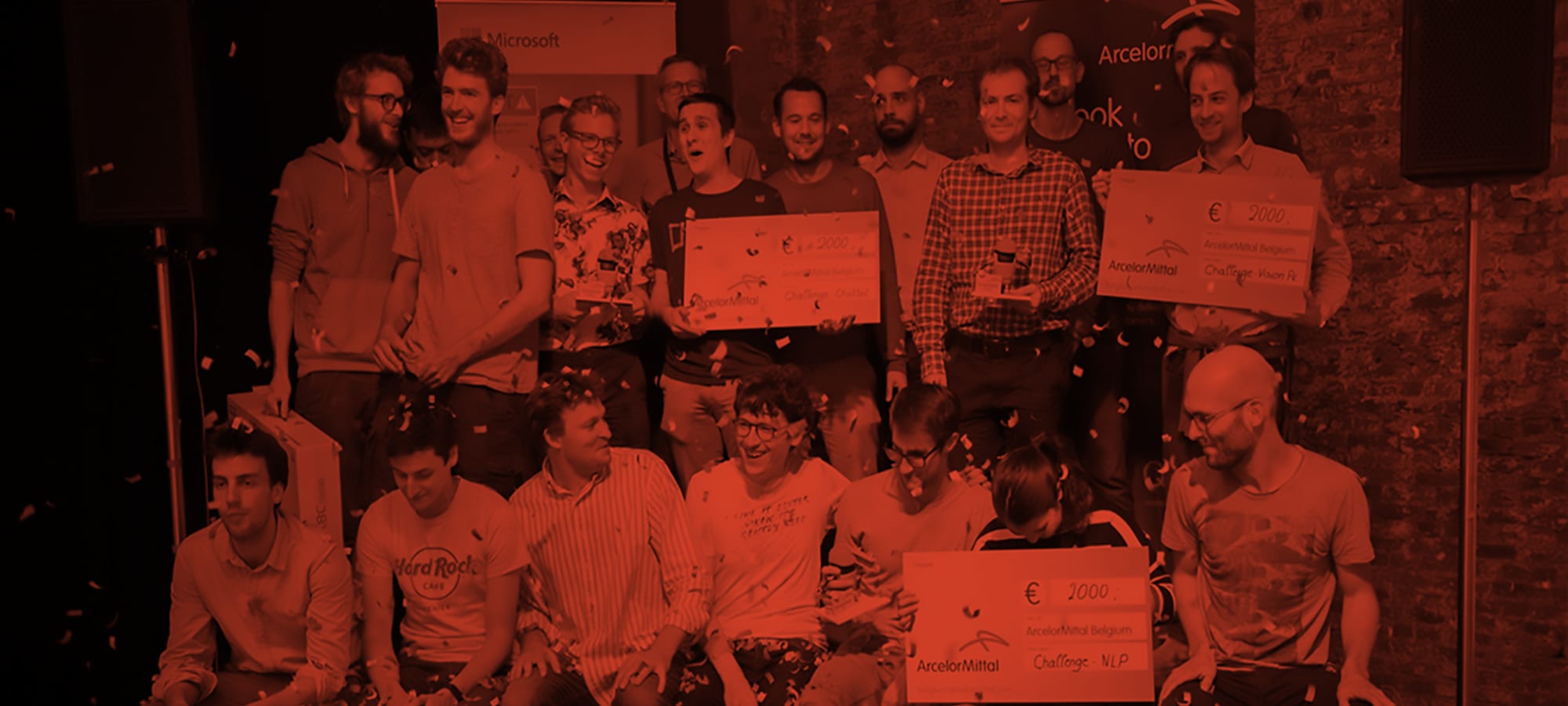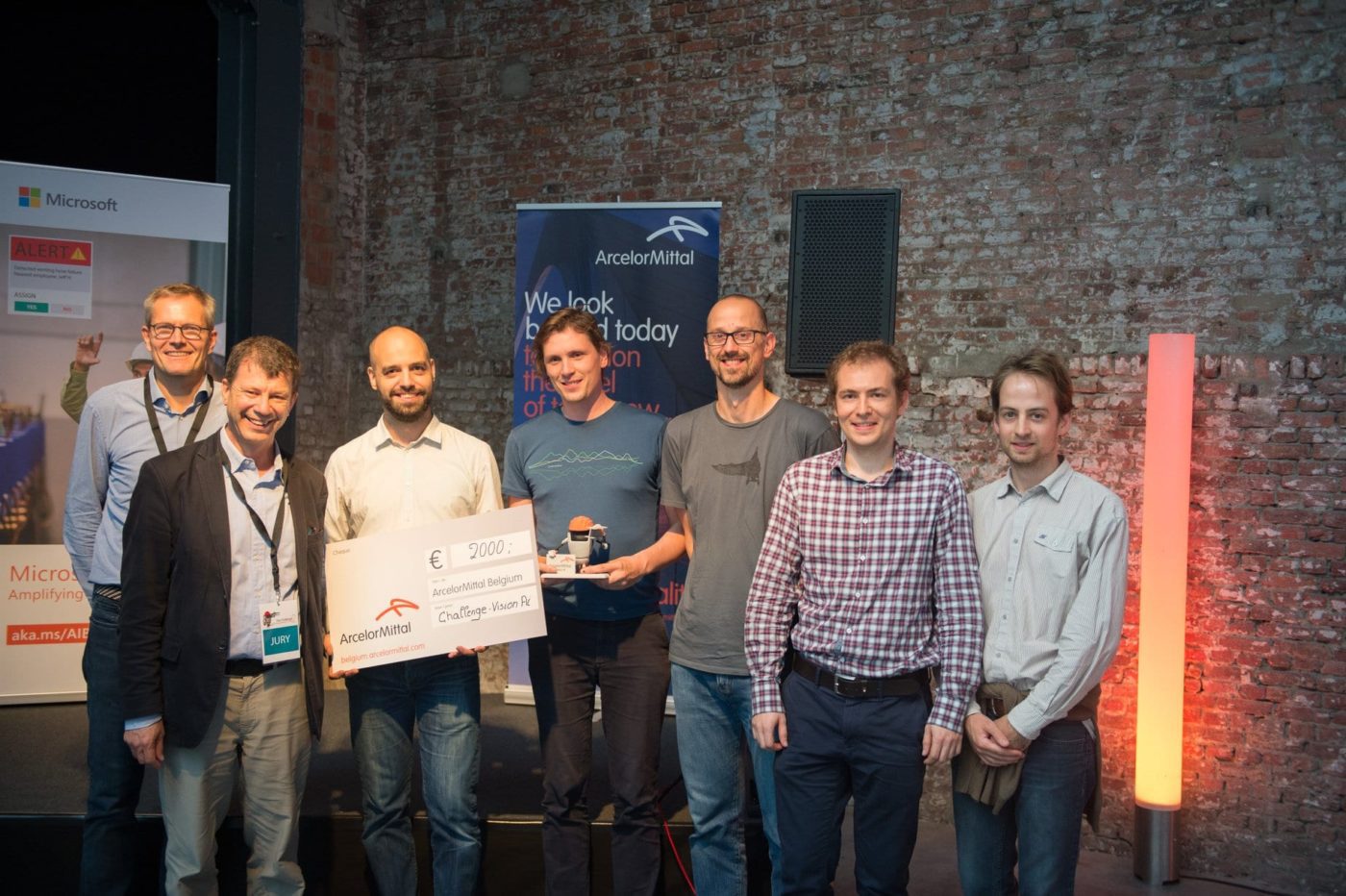CopernNet : Point Cloud Segmentation using ActiveSampling Transformers
In the dynamic field of railway maintenance, accurate data is critical. From ensuring the health of ...
Published on: September 25, 2018
Last weekend, Kapernikov seized the first prize in this year’s ArcelorMittal Challenge, in the category Vision AI. The ArcelorMittal Challenge is a hackathon in which participants need to come up with a solution for an industry-related problem. This time, it all revolved around creating the safety assistant of the future.

“We are thrilled to have won this competition,” says Maarten De Munck, partner at Kapernikov. “The hackathon was an ideal way to work with innovative technologies that are completely in our field of expertise, most notably AI and computer vision.”
The ArcelorMittal Challenge hackathon took off in Brussels on Saturday 22 September at 8 am and ended on Sunday at 6 pm. Just like last year’s edition, ArcelorMittal had an interesting challenge that called for a creative solution. This time, participants needed to come up with solutions for common challenges that relate to safety assistance.
The hackathon was organized in three categories:
This year, ten different teams took on the challenge. Six teams, including Kapernikov, competed in the category Vision AI. For Kapernikov, the team consisted of Ezechiël Syx, Frank Dekervel, Patrick Steegstra, Victor Pessers and Maarten De Munck.
Creating an extra data set proved to be a crucial decision.

Since computer vision is totally Kapernikov’s cup of tea, we focused on the second category. We made use of an existing data set of video images showing people wearing their safety equipment (safety helmet, glasses and suit).
Since the provided data set was rather limited, we decided to create additional data, by filming some of our colleagues with and without safety equipment. That proved to be a crucial decision. Building a highly performing detection system also means that you need negative data, which in this case means video images of people wearing no or an incomplete set of safety equipment.
We were able to come up with a proof of concept in a very short amount of time.
In the 36-hour time span, Kapernikov succeeded in building a proof of concept for a detection system based on fixed cameras. The system is able to detect people in a predefined zone and can see whether they are wearing safety equipment or not. On top of that, the proof of concept system is able to transfer the detection information onto a ground map, where the entire journey of a certain person can be tracked. This allows companies to monitor an entire area in the factory.
“Ending first in the ArcelorMittal Challenge is a great recognition of our team’s talent,” says Maarten. “Our win proves that we have the expertise to build something valuable in a relatively short amount of time. Also, I feel that our team’s experience in manufacturing environments and our variety of skills, ranging from AI, computer vision and data management, made the difference in this competition.”